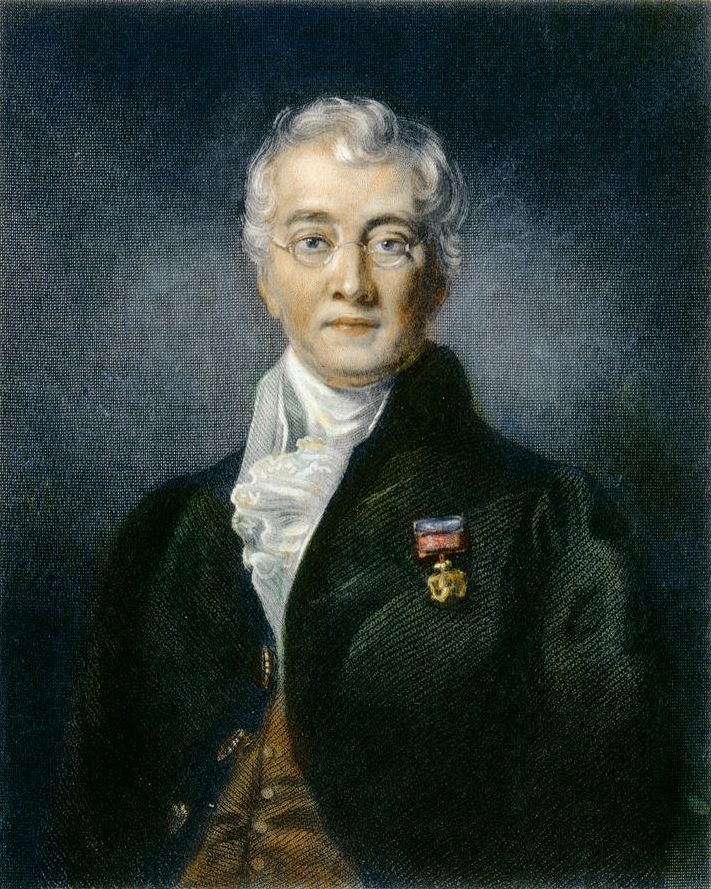
Bilateral locomotor brachialis in a middle aged patient with severe hypertension and severe dizziness under eval ? post circulation stroke --> 280/170 mmg Hg (manually measured 4 times by 4 different people)
HTN is a killer!
#MedTwitter
#clinics
HTN is a killer!
#MedTwitter
#clinics
Patient consent taken before recording and posting video on SM!
@nihardesai7 @AndreMansoor @rabihmgeha @Shubhra_011 @dr_veeprakash @JaySavla15
#hypertension
#NeuroTwitter
#hypertension
#NeuroTwitter
A close up view!
• • •
Missing some Tweet in this thread? You can try to
force a refresh




